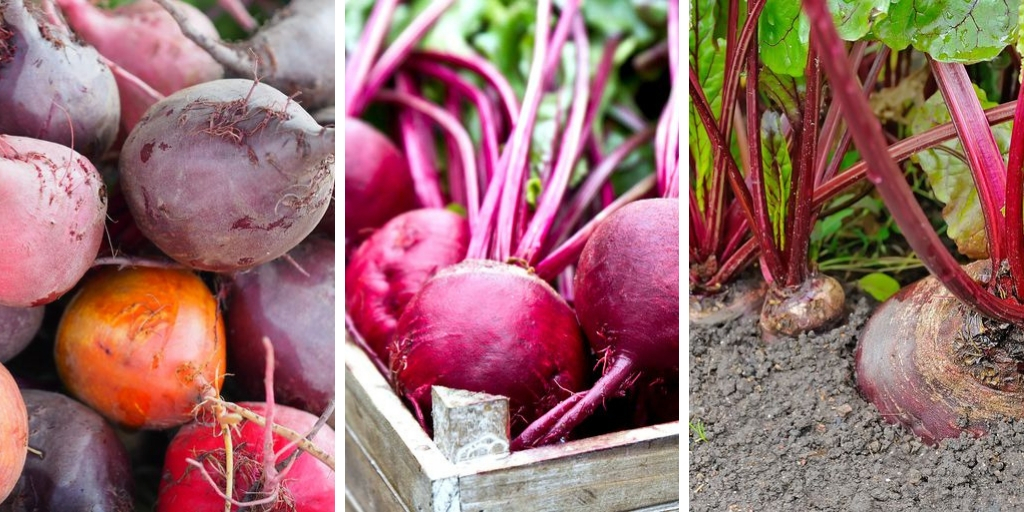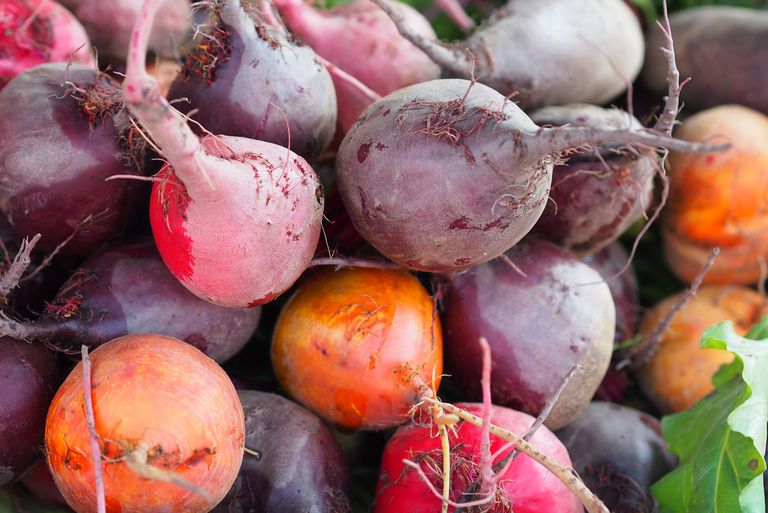Beetroot is one of the healthiest vegetables. It is rich in antioxidants which can help prevent cancer and heart diseases. Beetroot also contains high amounts of vitamins A and C. Besides, it is very sweet and delicious. Growing beetroot in gardens and container is easy. Therefore they are ranked among the top 10 vegetables grown in home gardens. If you want to grow this amazing veggie, follow these instructions.
-
Temperature

Beets are one of the fall vegetables, thus, they prefer to be grown in cool temperature. It is recommended that you plant them at the end of the summer, the beginning of the Fall and in spring. They a temperature that varies between 60 and 70 degrees at daytime and 50 to 60 degrees at nighttime. Therefore, for growing beetroot, choose the sunniest spot in your garden so they can receive a lot of direct sunlight daily.
2. Soil
Beets love loamy soil with high acidity levels. pH levels should be between 6.0 and 7.5. If you have a poor quality soil in your garden, make sure that you mix it with compost and wood ash. These are rich in potassium and will improve the quality of our soil as well as the growth of your plants. You should also remove any clays and rocks from the soil before planting.
You should always look for weeds and debris to remove them. They will stifle the root growth of your beets. Weeds will not only hinder the growth of your plants but they will also diminish their productivity.
3. Seeds or seedlings
Both are recommended and both are widely available in nursery stores. Seedlings are fast and they can mature in 60 days. However, growing beetroot from seeds may take long but it results in extremely fresh and sweet veggies.
4. Containers
It is possible to grow beets in containers. However, you will need a container that is at least inches deep (20 cm). For best results, don’t fill the container only with soil, you should add some compost. Growing beetroot in containers requires more watering than usual.
5. Planting
Whether you are going to plant seedlings or to sow seeds, you should do it in the same way. Poke hole of at least 2 cm for each seed or seedling. You should also leave some space between your plants. A distance of 5 to 10 cm is required for optimum growth. For best results, you should plant them in rows.
6. Watering
After the planting, you should do a plenty of watering to help the seeds germinate fast and settle in the soil. Once they develop roots, these roots will start absorbing the moisture of the soil. You should keep the following advice in mind:
- Beetroots require a plenty of water but you should avoid overwatering because your plants will develop more leaves than roots and you only want roots.
- When your plants’ leaves start to sprout, start watering them once every 10 to 14 days.
7. Thin your plants
Thinning is important to encourage root growth. Thining the leaves of your plants will direct the nutrients to the roots rather than the leaves. When you see that your beets have developed tall leaves, start thinning them.
8. Fertilization
Fertilizing your plants is essential to promote root growth. For growing beetroot, it is recommended that you apply 4–6 liters (1.1–1.6 US gal) of complete organic fertilizer per 10 square meters. You should also add a layer of compost and manure. If your plants are not growing well, you should apply a nitrogen fertilizer to them.
9. Harvesting
When the roots become visible, it means that it is time to harvest your plants. Their size is visible too. You can pull out the big one and leave the young one to mature and grow more. However, large beets are not tasty. Therefore, it is recommended to pull them out by hand when they are still small.
These are the best tips for growing beetroot. These tips will ensure that you have a successful crop. Follow these tips and you will a constant supply of this healthy delicious veggie.



